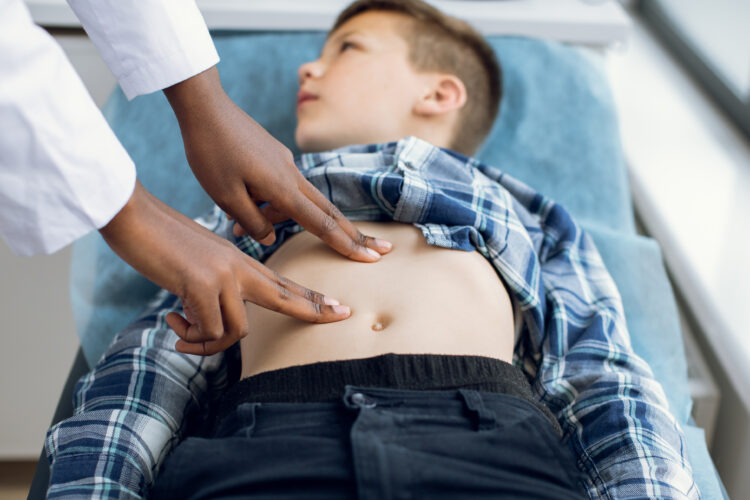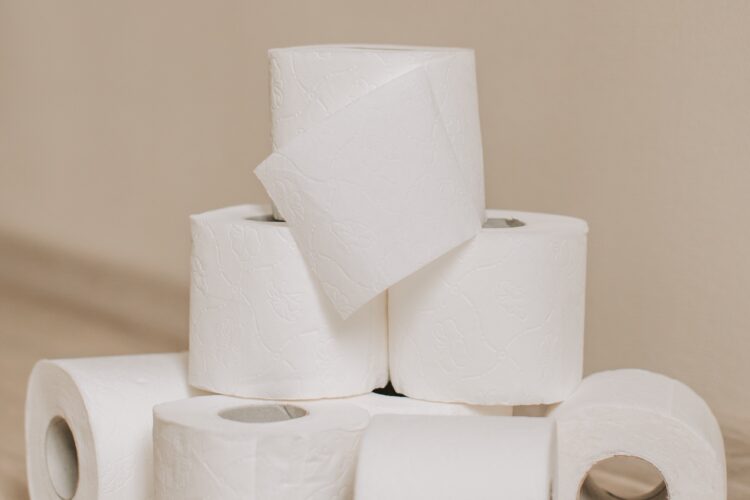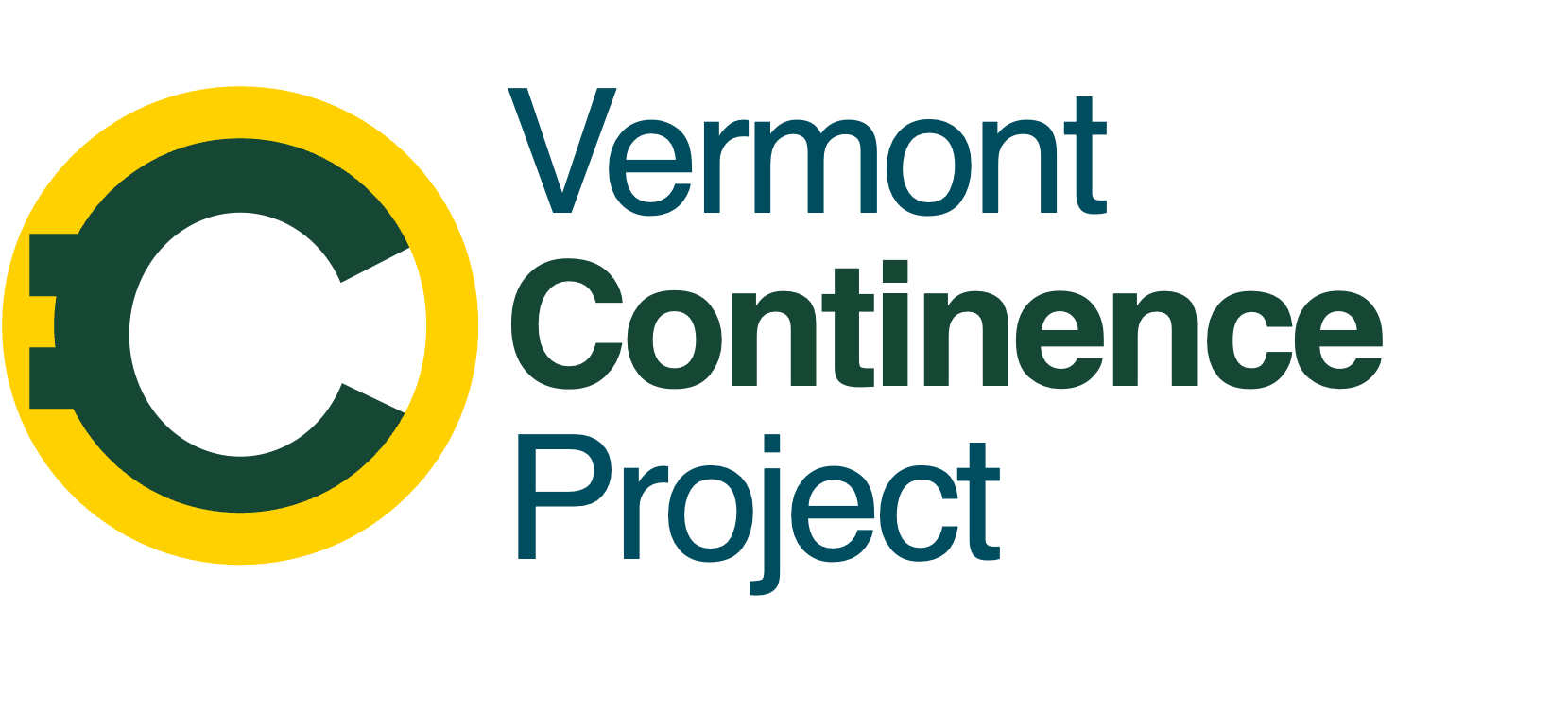Medical Treatment Options
Resources
Do I have to treat my child’s constipation? Will it go away on its own?
Constipation usually will not go away on its own, even when it seems like it gets better. For more information about why chronic constipation can be hard to treat, see our page: Poop and Pee Accidents.

Seek help from your child’s healthcare provider. Functional constipation requires a diagnosis and treatment plan from a healthcare practitioner. This video explains how to organize your thoughts and concerns about your child’s incontinence so you can discuss them with their pediatrician or other healthcare provider.
When stool accumulates in your child’s colon for a long time, it becomes hard and dry, creating a plug called an “impaction.” For many children, the first step in treating constipation is to remove that plug of hard stool. This is called a “disimpaction,” which is commonly referred to as a “cleanout.”
A cleanout is prescribed by your child’s healthcare provider. The following video will help you understand why a cleanout is necessary and how you can prepare to make the cleanout as easy as possible.
After an impaction is cleared, your child’s colon can easily get blocked again because their colon is stretched out like a deflated balloon. It takes time for the muscles of the large intestine to regain their normal size and tone. This part of treatment is called “the maintenance phase”.
During the maintenance phase, you need to continue to keep stool soft and monitor their bowel movements to make sure they are not getting backed up again. This is the most important part of treatment because if an impaction occurs again, you must start the process all over! Watch the following video to learn how to be successful during this phase of treatment.
- Constipation Treatment: Bowel Maintenance(video)
- The Constipation Traffic Lights (.doc) helps you plan your maintenance phase treatment. Remember to plan this before your cleanout, so your child has no gap in treatment.
Lots of parents have questions and concerns about laxatives. This video gives information about the different types, how they work, and why your child might need one kind or another.
- Straight Talk About Laxatives (video)
For most children, laxative medication is an essential tool in the treatment of chronic constipation, but it isn’t meant to last forever. This video offers recommendations about when to consider tapering (decreasing) medication, and how to do it safely.
- How to Taper Laxatives (video)
40-50% of children treated for constipation will have a relapse in the first 1-5 years after initial resolution of symptoms. Some advance preparation can prevent your child from re-developing painful symptoms or having accidents again.
This video offers some suggestions about how to anticipate and respond to relapses of constipation and/or incontinence.
- Planning for Setbacks (video)
Additional resources about medical treatment
- Evaluation and treatment of functional constipation in infants and children: evidence-based recommendations from ESPGHAN and NASPGHAN
- Non-pharmacologic approach to pediatric constipation
- Conventional treatment of functional constipation has a positive impact on the behavioural difficulties in children with and without faecal incontinence
- Paediatrics: how to manage functional constipation
- Parents’ Experiences and Information Needs While Caring for a Child With Functional Constipation: A Systematic Review
- Crack Every Case: A Pediatrician’s Guide to Management of Functional Constipation, from Children’s Mercy Hospital

